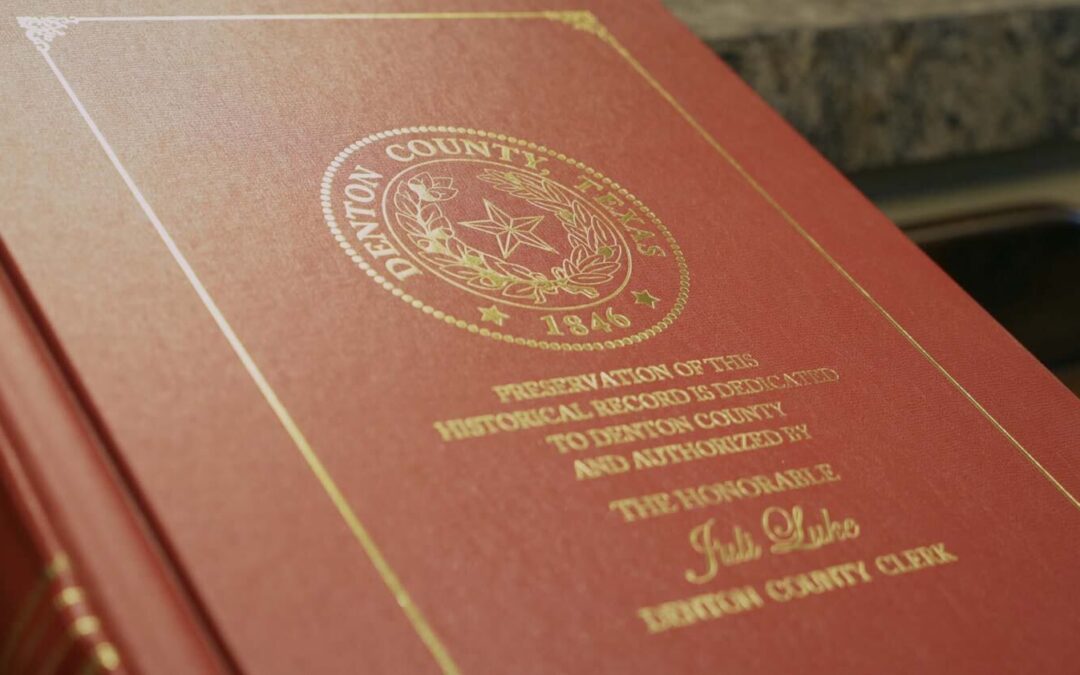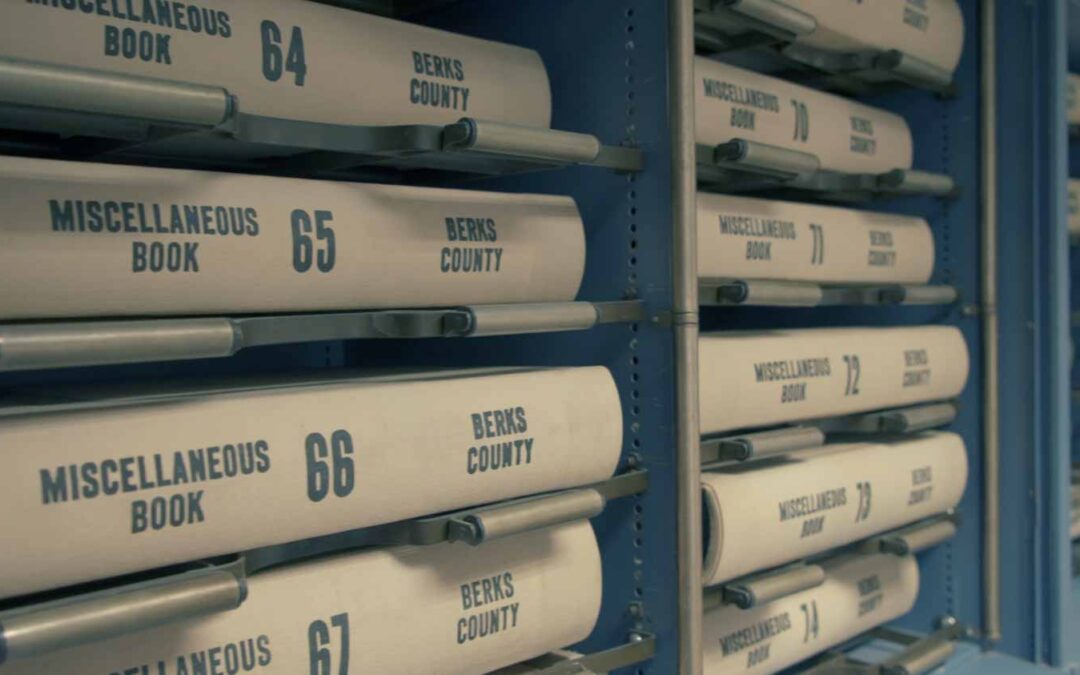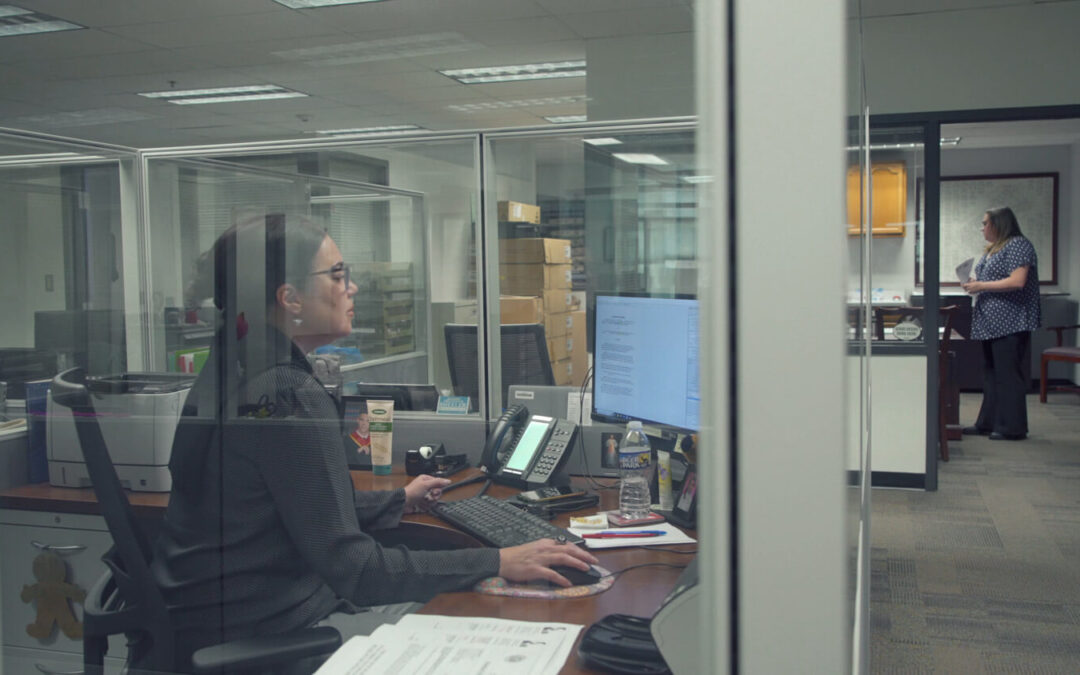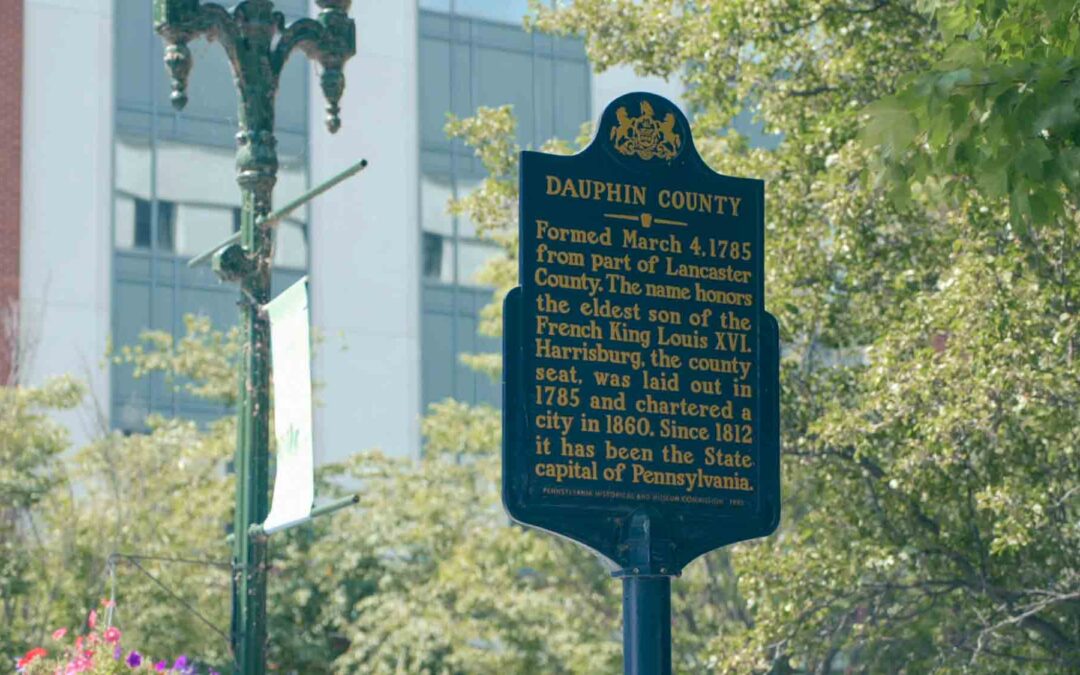Case Study
How Sacramento Scaled Its Online Government Service
Overview
This article is a Q&A conversation with Greg Western, website administrator for the City of Sacramento. In the discussion, Greg chats with GovOS about what he and his team have accomplished in nearly three years of digitizing forms and processes.
Sacramento, CA
Greg Western
Website Administrator

GovOS Solutions
Number of Forms
615
Submissions
2,342/month (average for whole history, including ramp-up period)
How Greg and his team started going paperless
Our web team works under a larger group called the Enterprise Automation and Citizen Engagement Team, which looks for opportunities throughout the city to find business processes that can be automated. We identified a number of external and internal forms that could be automated, so we set out to find a solution that could help them accomplish that.
Once we found a platform that could help us digitize, we just started reaching out to all of the departments in our office and asking who needed forms digitized. There were a lot of requests right off the bat, and while it’d be hard to say the exact number of forms over the course of that ramp up, the interest was immediately apparent. And the digitization efforts are still ongoing—it’s not something where we worked on it for a set amount of time. There’s always new forms being found that haven’t been converted yet and also new forms that need to be created f or new initiatives. So we’re still making forms pretty regularly.
We prioritized forms that received a lot of submissions and required processing by staff. These forms, especially the ones being collected on paper, required a lot of effort on processing and data entry. By digitizing these forms and reducing the processing effort, we were able to generate the biggest return. We have created forms for 13 departments at this point, which I think is just about all of them now.
Calculating time savings
To understand how much time we were saving during this project, I started including questions for departments requesting digitized forms:
- How much time was being spent on the business processes associated with that form?
- How much time was being spent processing a paper form or a pdf form?
From those answers, I found some really interesting numbers, even though I only had data on 24% of the forms. Extrapolating the data on that subsection of forms out to all of our forms, I found that we would save approximately 3,057 hours per week.
Your most used forms might surprise you
We have a lot of external-facing forms and we embed a lot of GovOS forms into the city website for all kinds of different purposes. So when I was looking into this, I wasn’t really expecting these to be our top forms:
- New Construction Inspection Request (for Fire Department; 10,302 submissions)
- Facilities Maintenance Request (internal-only; 7,283 submissions)
- Anonymous Crime Tips (6,032 submissions)
For the fire department, it’s a form that gets submitted any time someone wants to do construction work. So you could see how those submissions would add up quickly. We have it designed so that the form is embedded just a little bit further down in the content of the page.
GovOS was kind enough to maintain some custom styling for us so that this is in line with the appearance of our site and it looks native as a web form just embedded right in the page. It’s relatively simple to do—it’s just an embedded script that we have to include.
The anonymous crime tip form—this is an interesting concept that we were able to do. Rather than sending an email or something that would leave a trace to your identity, people can submit this form and get crime tips to the police without having their identity associated with it. That’s proven to be popular.
Form governance and permissions
As everyone knows, there are multiple ways to approach form governance and permissions since there are different security levels.
In our system, our web team creates the forms. We do the requirements gathering and we put the fields together and everything. Other city staff request the forms and give us a mockup of what they have in mind, and then we can make sure that the field types used in the form make sense. And we verify which fields need to be required and whatnot.
Then we can grant permission selectively. By default we offer submissions received by email for the people who are requesting these forms. But, in some cases, they want the ability to export the data into Excel (for instance) so they can view it all in a table or manipulate it. So if that’s something that they need, then we grant them access to the submissions themselves within GovOS. We’ve got 122 people with that level of access right now.
I don’t know that we would really change anything. I think the model that we worked out has worked pretty well. We have our forms partitioned within GovOS into directories by department and division. So we can grant people access to one form or all of their department or division’s forms and that’s worked very well.

Improving submission accuracy
I looked back to see if the number of form submissions have gone up since we digitized, and I wasn’t able to access data on how many submissions departments were getting via paper or PDF before this project started.
However, a big piece of feedback that we’ve gotten from multiple stakeholders within the city is that the accuracy of form submissions has gone way up because there isn’t the room for error with people having to decipher someone’s handwriting and enter that into some spreadsheet.
Plus we have all of the data consolidated in one location, there aren’t multiple versions of spreadsheets being passed around. So digitizing our forms streamlines the handling of the submitted data and the accuracy of the submitted data quite a bit.
Did digitizing forms increase your workload?
So, I’d say in the beginning there was a fair increase in work just because we had such a big backlog of requests coming in. We had a constant rate of turning out these forms.
Also I should mention our team started off smaller at the beginning of the project. We brought in an additional person during the project and that helped with the workload.
Then finally after maybe somewhere between six months and a year or so we got over the hump of the big surge of requests and came back down to a more steady rate. So now I’d say the creation and maintenance of the forms is not a huge workload on us. You know, it’s still obviously something that we’re handling for the whole city, so there is stuff that we’re doing but it’s not nearly as much as the initial phase.
Have digitized forms changed your process much?
Well within my team, not a whole lot has changed because we don’t send forms to each other.
Within the city, I think it has streamlined things a lot. There are a lot fewer situations where someone would have an internal form that they would have to print and then sign with a pen and then walk it down the hall to somebody or then scan it in and email it to somebody else. It’s all automated and whoever the person is who needs to sign the form can just get an email notification and click a button and it’s signed and they don’t have to deal with it anymore. So it’s reduced the time investment and the paper usage, definitely.
It’s also dramatically improved the lives of our citizens because there were a lot of situations before where their only option was to mail a paper copy to the city and wait, or to drive to City Hall and turn the thing in in-person. Now they can just fill it out on their computer and submit it and it’s instantly done with and they don’t have to deal with it anymore.
What platforms have you integrated with GovOS?
When we started with GovOS they didn’t have out-of-the box integrations yet. So we were building from scratch just using GovOS’ API.
We have GovOS integrated with Sharepoint and our business process management system. This way someone can submit a GovOS form and it starts a workflow within that system that bounces approvals from one person to another using arbitrary rules.
We also have GovOS integrated to an internal database. Using that database we can use SSRS to display the submission data in various customized formats, like dashboards that show aggregations of submitted amounts and that sort of thing.
So for us, and again, we built our own so I don’t know if the functionality would match exactly with what’s offered here, but the way that ours handles that is the submission data is pulled from the API for each submission as it comes in. That submission is then inserted into a Sharepoint list as a row in a table and so of course each column would be each field of the form.
The submission also has the PDF copy of the submission attached to it, as well as any files that the person had attached to the submission. I would say one of the key things is that you’re keeping in mind how the fields map to each other. The way that we have that done is we have one process for all of the GovOS integrations that looks at XML files that map the fields from GovOS to whatever their destination needs to be individually. Then we can just set up integrations relatively easily by creating these config files.
So it’s key to plan ahead for how those mappings are going to be done. One of the advantages that we’ve found using Sharepoint is that we can have additional columns in the Sharepoint list that don’t even exist in GovOS so that then the staff who need to be working with this information can go into Sharepoint and add in their own additional information in those fields that are relevant to the individual submissions and manipulate the data directly.
What workflows are you using?
I’d say that the most used workflow is typically that somebody needs to make an initial submission and then that submission needs to be approved by another person before being final. That’s a pretty simple case, but I think that that’s probably the most common one.
When we started using GovOS, it didn’t have those capabilities yet, and so that was part of why we built the integration with our business process software that we have. We have a number of workflows that happen within that environment that are kicked off by GovOS. That’s been kind of nice also because since that environment’s internal only we can use GovOS as an external interface for a citizen to kick off one of our internal-only workflows.
We are starting to roll out forms that use the new workflow features within GovOS as well. That seems to be going really well. And the new workflow features we’re starting to roll out have gotten some good responses and it’s allowing us to do more complex approval processes for things where maybe there’s a group of people that collectively need to review those submissions but only one of the group needs to approve. That’s a case where we’ve found the new GovOS features very useful.
Was accessibility an issue at all?
Accessibility is obviously a big deal for us especially (being in California and given all of the state regulations in place). We made sure that GovOS would meet our needs in that regard before we started anything. I haven’t heard any complaints so what more can you really say, right? The embedded forms, they function with navigating the page using the tab key, fields are highlighted. So everything seems to be working well in that regard.
Creating a form to request new forms
Something I wish I had thought of at the beginning of a forms project like this:
Since we got such a big influx of requests at the beginning, we were kind of buried in email and we were having to meet with all of these individual stakeholders and boil down what their needs were in person and all this.
What wound up saving a whole lot of time as I learned the patterns that came out of that process was creating a GovOS form for requesting GovOS forms. That wound up saving a ton of time for our team because we could just ask them all the questions we needed to know up front and in many cases we didn’t even really have to meet with them or confirm anything. We could just work directly with their submission and fill their form for them and have them test it.
So that’s something you might want to consider doing if you’re working on one of these form projects. It could save you a lot of extra work.
For more information about GovOS Application Studio, visit govos.com/products/application-studio/
Want to learn more about what GovOS has to offer?









